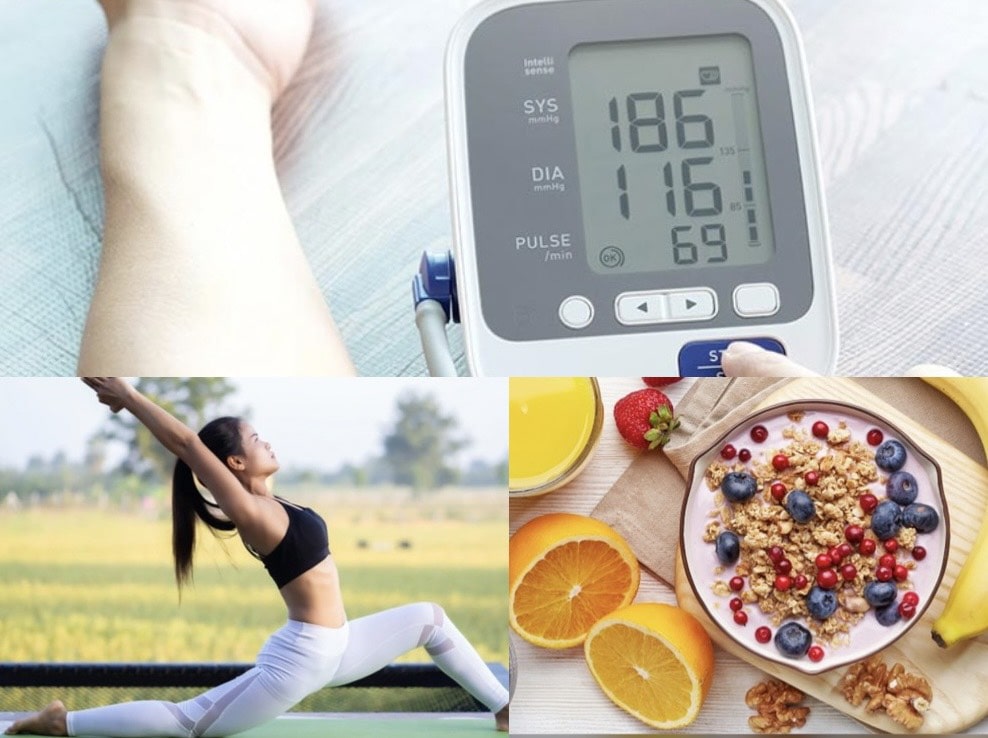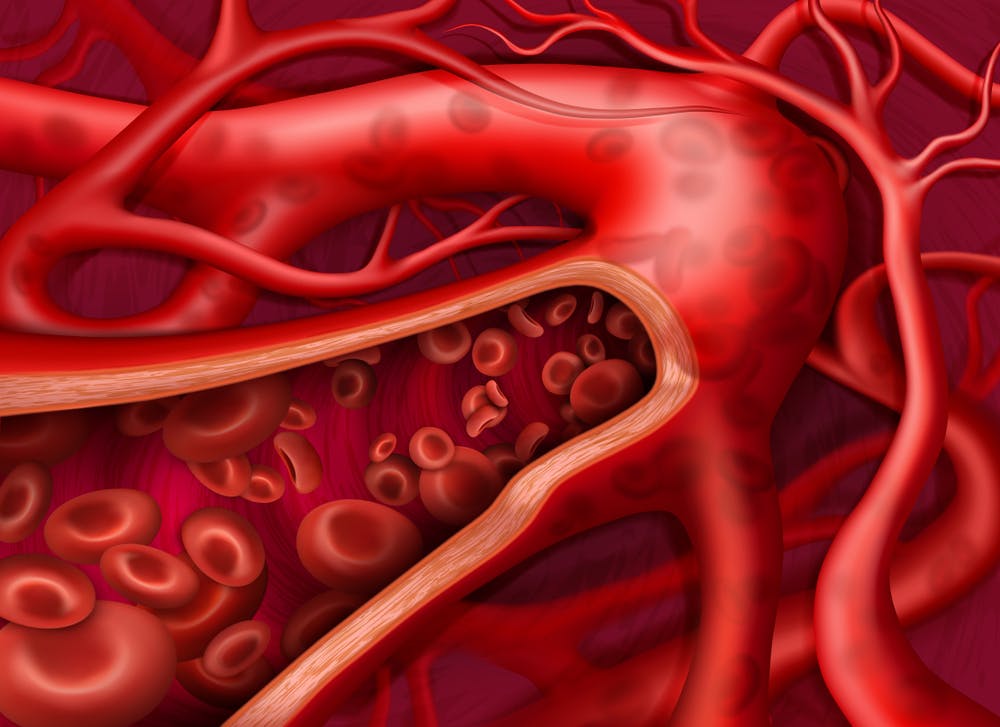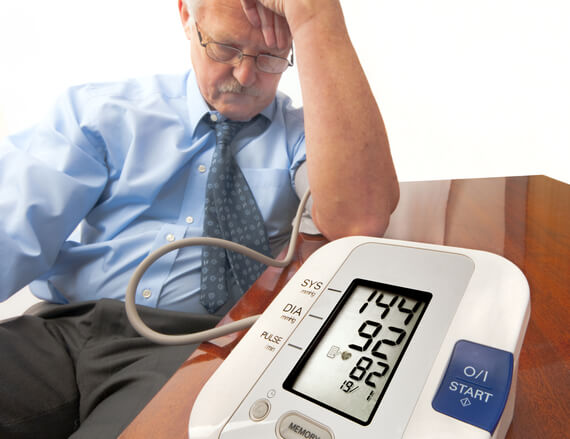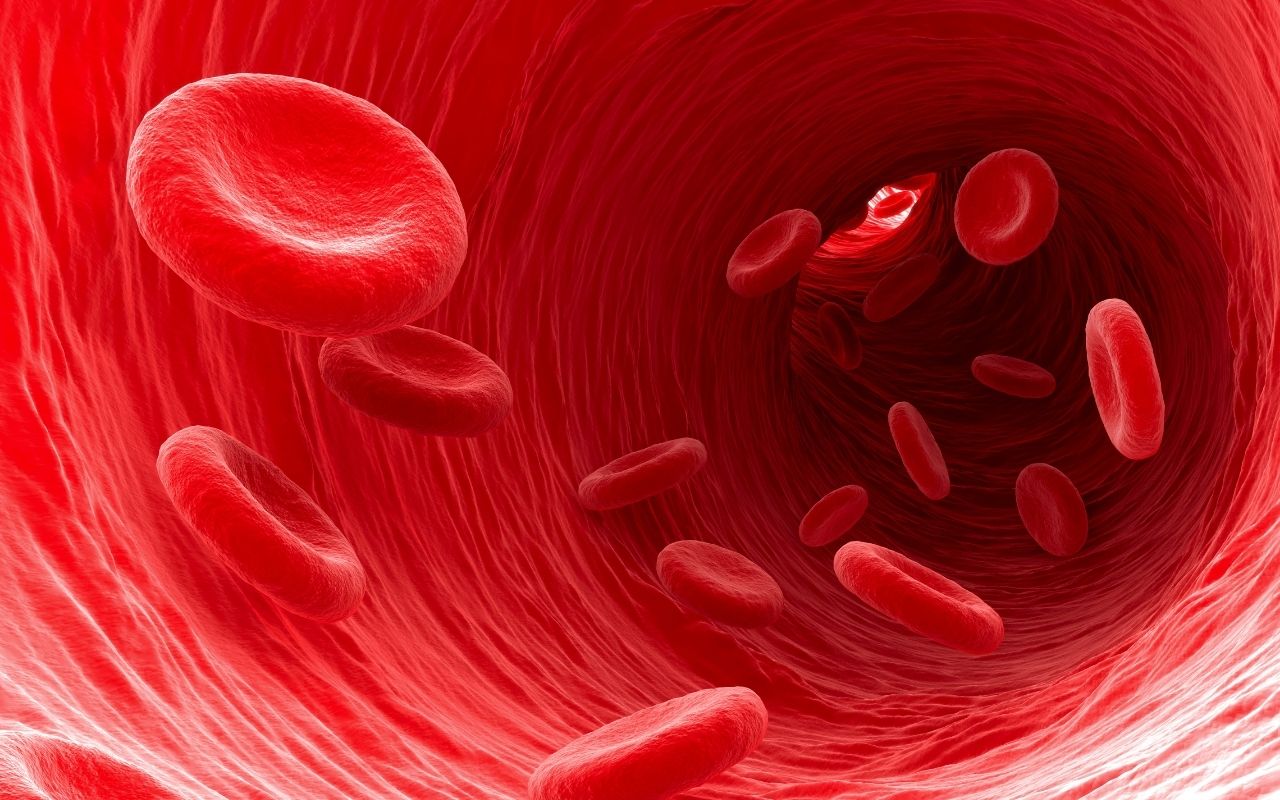Why Is It Important to Stabilize Blood Pressure Early?
Maintaining stable blood pressure helps:
-
- Support a healthy cardiovascular system
- Reduce the risk of stroke and heart attack
- Protect kidney, eye, and brain function
- Improve overall well-being and reduce fatigue
- Lessen dependency on long-term medication
While medication can help manage high blood pressure, lifestyle changes are the key to long-term, sustainable improvement.
5 Small Habits to Help Stabilize Blood Pressure Effectively in 10 Days
Cut Back on Salt in Your Daily Meals
Salt (sodium) directly affects blood pressure. A high-sodium diet leads to water retention, increasing pressure on artery walls and raising blood pressure.
The World Health Organization recommends consuming no more than 5 grams of salt per day (about one teaspoon).
How to apply this habit:
-
- Limit the use of salty condiments like fish sauce, soy sauce, and seasoning powders
- Avoid processed foods such as sausages, canned goods, instant noodles, and pickled vegetables
- Read food labels to monitor sodium intake
- Use natural herbs and spices like garlic, ginger, pepper, and lemon instead of salt
Results after 10 days: Lower sodium intake can reduce blood pressure by an average of 5–6 mmHg in people with mild hypertension.
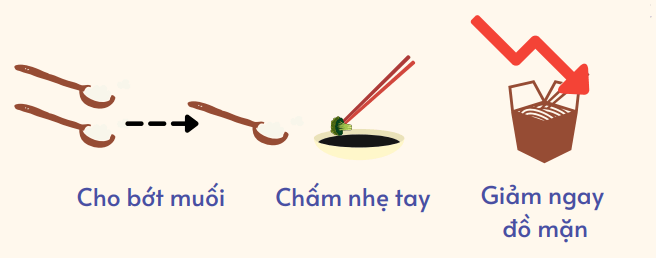
Reducing salt is an effective way to stabilize blood pressure
Drink Enough Water – the Right Way
Water makes up a large portion of blood plasma and plays a key role in maintaining proper blood viscosity. Dehydration thickens the blood, making the heart work harder to circulate it and raising blood pressure.
How to apply this habit:
-
- Drink 1.5–2 liters of water daily, spread evenly throughout the day
- Opt for pure water and avoid sugary drinks or soda
- Avoid drinking too much water at once, especially in the evening
Results after 10 days: Staying well-hydrated leads to better blood flow and reduced pressure on the heart, helping to stabilize blood pressure naturally.
Engage in Light Physical Activity Daily
Exercise acts as a natural medicine by dilating blood vessels and reducing vascular resistance, which lowers blood pressure. It also helps manage weight—an important factor in blood pressure control.
How to apply this habit:
-
- Walk briskly for 30 minutes daily
- Try yoga, swimming, or light cycling
- Exercise in the morning or late afternoon
- Avoid prolonged sitting—stand and move around every 45 minutes
Results after 10 days: Regular physical activity can lower blood pressure by 4–9 mmHg, especially in people with elevated levels.
Add Blood Pressure-Friendly Foods to Your Diet
A well-balanced diet is crucial for controlling blood pressure. Foods rich in potassium, magnesium, fiber, and antioxidants help relax blood vessels and naturally lower blood pressure.
Foods to prioritize:
-
- Bananas, oranges, avocados, spinach – high in potassium
- Oats, whole grains – fiber-rich and support cholesterol reduction
- Fatty fish (salmon, mackerel) – high in omega-3 fatty acids
- Garlic, celery, beets – help relax blood vessels
- Low-fat yogurt – a good source of calcium for blood pressure regulation
Foods to limit:
-
- Deep-fried foods, fast food, and processed meats
- Refined sugars and sweetened beverages
- Excessive alcohol and caffeine
Results after 10 days: Adjusting your diet can lower blood pressure by 5–10 mmHg, depending on consistency and individual health status.
Manage Stress and Improve Sleep Quality
Mental stress is a hidden cause of elevated blood pressure. It activates the sympathetic nervous system, making the heart beat faster and narrowing blood vessels. Poor sleep further exacerbates this effect.
How to apply this habit:
-
- Get 7–8 hours of sleep per night, ideally going to bed before 11 p.m.
- Practice deep breathing, meditation, or listen to relaxing music for 15–20 minutes daily
- Keep a journal to release emotional tension
- Avoid work or screen exposure right before bed
Results after 10 days: Reducing stress and improving sleep quality can help lower blood pressure by 3–5 mmHg and significantly boost emotional well-being.

Managing stress and improving daily sleep helps stabilize blood pressure
Common Mistakes That Prevent Blood Pressure Stabilization
Even when taking medication, many people struggle to control blood pressure due to:
-
- Continuing to eat salty or high-fat foods
- Skipping medication when feeling “normal”
- Not measuring blood pressure regularly
- Ignoring side effects or drug interactions
- Relying on unverified supplements
To truly stabilize blood pressure long term, medication must go hand-in-hand with consistent lifestyle changes.
Sample 10-Day Plan to Stabilize Blood Pressure
Days 1–3:
-
- Reduce salt intake by 50%
- Drink adequate water daily
- Begin 15–20 minutes of daily walking
Days 4–6:
-
- Increase intake of fruits and vegetables high in potassium
- Cut down on fried foods and processed meals
- Sleep at regular hours, avoid screens after 10 p.m.
Days 7–10:
-
- Continue 30 minutes of daily exercise
- Start each day with a heart-healthy breakfast (oats + fruit)
- Replace coffee with herbal tea
- Incorporate meditation or deep breathing exercises before bed
With consistency, these steps can help you see noticeable improvements in blood pressure readings, energy levels, and overall cardiovascular health.
When to See a Doctor
If you’ve implemented these habits and still experience:
-
- Persistent blood pressure above 140/90 mmHg
- Symptoms such as headaches, dizziness, chest discomfort, or shortness of breath
- A history of heart disease, diabetes, or high cholesterol
…you should consult a healthcare provider for a full evaluation and customized treatment plan.
Stabilizing blood pressure doesn’t require drastic changes. Small, consistent habits make the biggest difference. Whether it’s cutting back on salt, staying hydrated, moving more, or sleeping better—every step contributes to healthier blood vessels and a stronger heart.
In just 10 days, you can begin to see real, measurable improvements—not just in your blood pressure, but in your overall health and vitality. Start today, and take control of your well-being one habit at a time.

